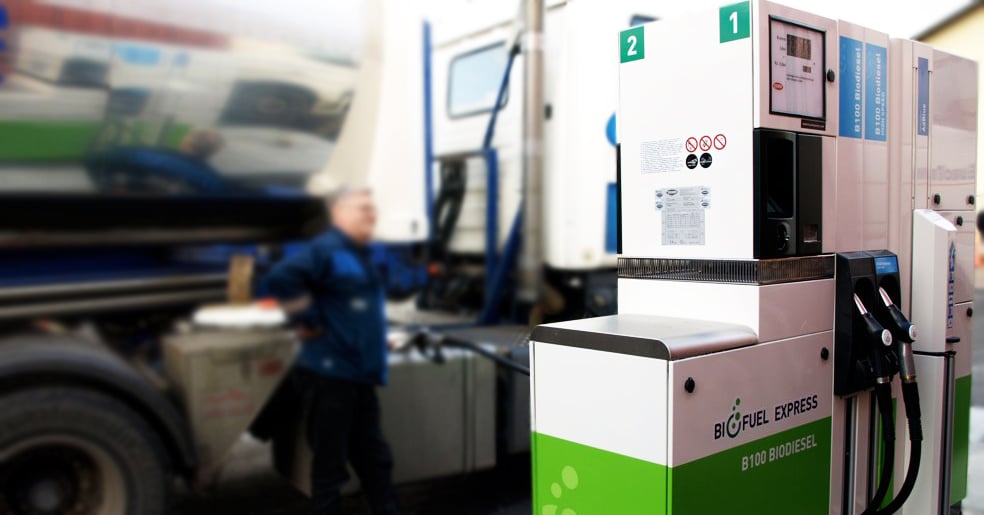

The EU’s CO₂ emission standards for heavy-duty vehicles represent a bold step toward decarbonising transport and achieving climate neutrality by 2050. While these regulations present challenges, they also offer opportunities for businesses to innovate, adopt renewable fuels, and gain a competitive edge.
Why Focus on Heavy-Duty Vehicles?
Heavy-duty vehicles, such as trucks and buses, account for approximately 6% of total EU greenhouse gas emissions and 25% of emissions from road transport. Due to their size, weight, and long-haul operations, they consume large quantities of fuel and emit significant amounts of CO₂. The EU’s CO₂ emission standards aim to address this environmental challenge while fostering innovation and creating a level playing field across the transport industry.
Key Features of the CO₂ Emission Standards for Heavy-Duty Vehicles
The EU’s regulations set specific reduction targets for CO₂ emissions from new heavy-duty vehicles:
The standards apply to vehicles over 16 tonnes, which represent the majority of emissions from heavy-duty transport. These include rigid trucks, articulated trucks, and buses.
To ensure compliance, manufacturers must report the CO₂ performance of their vehicles using the Vehicle Energy Consumption Calculation Tool (VECTO).
Developing and manufacturing vehicles that meet these stringent standards often requires significant investment in new technologies, which can increase costs for manufacturers and operators.
The availability of charging stations, and renewable fuel stations is still limited, especially for long-haul operations across Europe. While electrification works well for smaller vehicles, heavy-duty vehicles require more advanced solutions like renewable fuels to meet performance and range demands.
For businesses operating heavy-duty fleets, renewable fuels like HVO offer a practical, immediate solution to meet the EU’s CO₂ emission standards without requiring major vehicle modifications.
HVO is a drop-in solution, fully compatible with diesel engines, meaning fleet operators can reduce emissions without replacing their vehicles. HVO can reduce lifecycle CO₂ emissions by up to 90% compared to traditional diesel, helping businesses achieve compliance with EU targets.
HVO has a high cetane number and burns cleaner than fossil diesel, resulting in better engine performance, reduced maintenance costs, and longer engine lifespans.
At Biofuel Express, we understand the challenges and opportunities presented by the EU’s CO₂ emission standards for heavy-duty vehicles. We provide tailored solutions to help your business achieve compliance and sustainability goals:
Reliable Access to Renewable Fuels
High-quality HVO available across Denmark, Sweden, Norway, Germany, and Austria.
Expert Guidance
Support in understanding and meeting emission standards with renewable fuel solutions.
Tools for Emission Tracking
Helping companies track and report CO₂ savings achieved through renewable fuel use.
Renewable fuels like HVO play a critical role in bridging the gap between current technologies and long-term zero-emission goals. By partnering with experienced providers like Biofuel Express, your business can navigate this transition effectively, reducing your carbon footprint while maintaining operational efficiency.
"*" indicates required fields
"*" indicates required fields